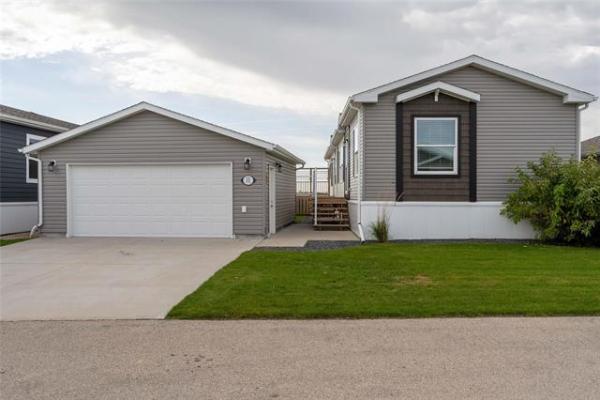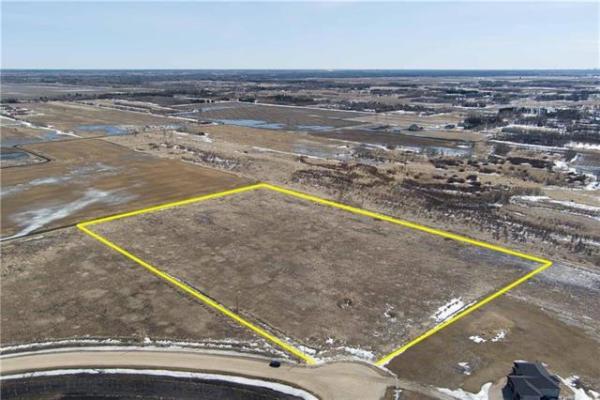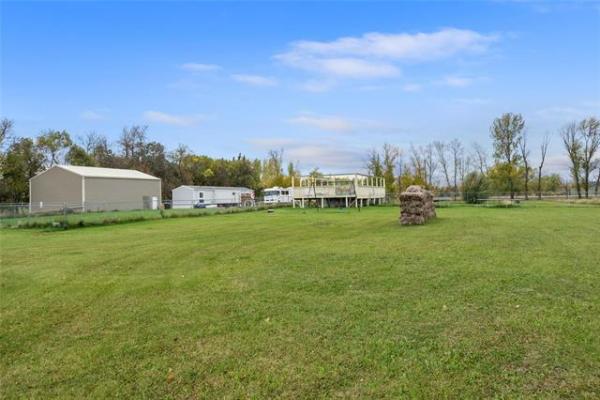QUESTION: I helped a friend put an addition on his house and to imitate the foundation of the original, he used piles with the floor cantilevered to accommodate a pressure-treated 2x6 wall built between the bottom of the floor and the gravel surrounding the house. Rigid insulation will be placed on the outside and buried on a downward sloping angle to offer drainage and reduce lateral frost penetration. This curtain wall was built with pressure-treated, half-inch-thick plywood on the outside, a layer of inch-and-a-half SM rigid insulation, the appropriate fibreglass insulation for the wall depth and then a six-millimetre vapour barrier tied into the moisture barrier that had been laid under the sand in the crawl space.
A few days after completion, somebody noticed vapour forming on the inside of the plastic and elected to cut out the vapour barrier to allow air circulation. It appeared the SM rigid insulation on the outside wasn't allowing any avenue for moisture to escape. This quick fix leaves me with the concern that at 40 below there will be condensing on the back side of the fibreglass insulation, not necessarily causing rot as it is all pressure-treated but more a potential mould issue.
This curtain wall was built as you would if you were doing one above grade, which brings up the question of whether extruded polystyrene insulation is a vapour barrier? In this application, with the possibility of moisture entering the crawl space from the ground, there is the possibility of a perpetual 'leaky condo' situation. Or it would have reached an equilibrium, dried out and remain fine?
Now I know the manufacturer of SM maintain that it isn't a vapour barrier, it is the sheathing and the slight discrepancies in the overlapping of the SM that allow moisture to get out. We will monitor the crawl space this winter and if need be take of the exterior panelling and redo it.
Given that the pressure-treated plywood is on the outside of the SM and the old theory of one-third of the insulation on the cold side of the vapour barrier, two-thirds on the warm side of the vapour barrier, I think it will have to be attended to.
If you have any suggestions as to where I could find literature on properly doing this system of insulating under a structure, it would be greatly appreciated.
-- James Campbell, email
ANSWER: While you appear to have an excellent grasp of the building-science aspects of insulation and air/vapour barrier installations in homes and crawl spaces, you have one improper statement that may be contributing to your confusion. Your false assertion is that SM insulation, or extruded polystyrene (XPS), is not an effective air/vapour barrier. This material is quite a good air/vapour barrier and is touted by the manufacturer as highly moisture-resistant. If properly sealed at the joints, it can often be installed without the need for polyethylene sheathing and offer adequate resistance to air and moisture intrusion. You may be thinking of expanded polystyrene, which is not an effective air/vapour barrier and requires use of poly for effective air and moisture control.
Because of this property, you are correct that installation of this rigid sheathing near the exterior of the knee-wall assembly will create a double air/vapour barrier with the interior applied poly. This may well be a problem with trapped moisture in this area and may lead to moisture problems and deterioration of the fibreglass batts installed behind it. Because this short wall is constructed of pressure-treated wood and sheathing, rot and mould may not be an immediate issue, but the trapped moisture may reduce the insulation properties of the wall assembly, over time.
The good news is that the real culprit is not the exterior-applied XPS insulation, but the interior fibreglass and poly air/vapour barrier. It was wise to cut this poly to let some of the visibly trapped moisture escape, but further moisture intrusion into this cavity from the heated crawl space is still likely. A better method for insulating and sealing this area is to remove the fibreglass insulation and poly and replace it with more foam insulation. This can be accomplished by cutting other layers of XPS to fit exactly between the studs and installing enough to provide a suitable R-value without the need for a poly air/vapour barrier. The other option is to replace the fibreglass with blown-in polyurethane foam insulation between the studs, ensuring the foam is the required thickness and density to provide adequate air resistance. Either of these superior methods will provide a moisture and air-resistant insulation that will prevent moisture intrusion into the wall assembly, which is the source of the potential problem in the first place.
In direct response to your last question, a large amount of information on several possible methods of XPS installation can be found on the Dow chemical site, which is the manufacturer of Styrofoam SM insulation. Other information may be found on the CMHC site or the Office of Energy Efficiency section of the Government of Canada website or by contacting these organizations by phone.
Ari Marantz is the owner of Trained Eye Home Inspection Ltd. and the president of the Canadian Association of Home & Property Inspectors -- Manitoba (www.cahpi.mb.ca). Questions can be emailed or sent to: Ask The Inspector, P.O. Box 69021, #110-2025 Corydon Ave., Winnipeg, MB. R3P 2G9. Ari can be reached at (204) 291-5358 or check out his website at www.trainedeye.ca.
trainedeye@iname.com



